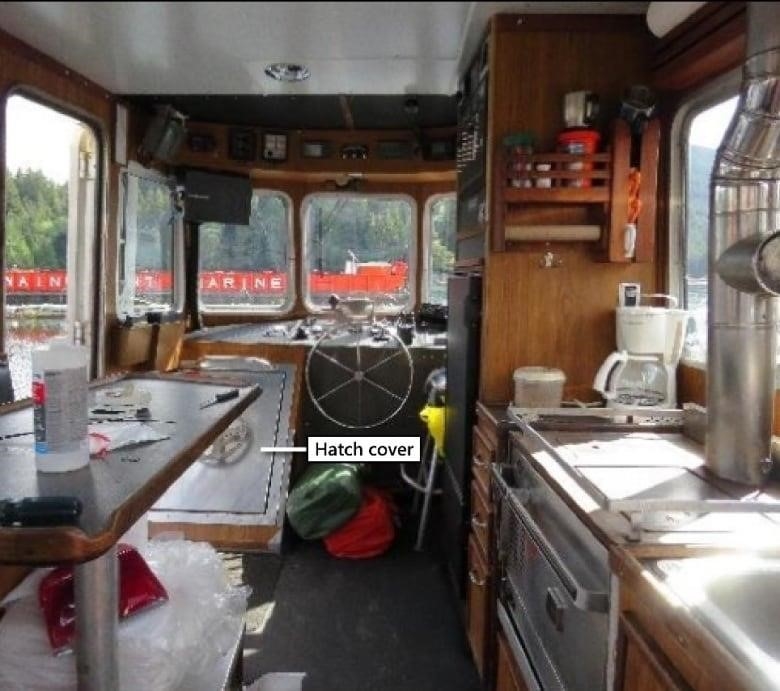
“Most won’t be checked for years or ever,” says the head of the Transportation Safety Board
The Transportation Safety Board has suggested, among other things, that Transport Canada start inspecting smaller tug boats more often. This comes after an investigation into a deadly sinking on B.C.’s North Coast found that such vessels can go for a long time without being checked, if they are checked at all.
The board said in a statement on Wednesday that it couldn’t find records showing that the tug that sank in a narrow ocean channel south of Kitimat, B.C., in 2021 had ever been inspected by the agency in its 50 years on the water. This could be a common situation for tugs of this size since Transport Canada does not currently certify or require regular inspections for tugs weighing 15 tons or less.
“Most [of these vessels] won’t be checked for years, if ever,” Transportation Safety Board chair Kathy Fox said at a news conference on Wednesday.
This is one of four suggestions made by the board after it looked into the sinking of the Ingenika in the Gardner Canal on February 10, 2021.
The tug, which was owned by Wainwright Marine Services, was pulling a barge through a narrow channel off of Europe Point when bad weather made it hard for it to pull and keep its speed.
It took on water and sank with the captain and two crew members on board. All three crew members were able to get away, but only one could swim to a life raft and get on it.
The bodies of captain Troy Pearson, 58, and deckhand Charley Cragg, 25, were found during a search and rescue operation. The deckhand who made it to shore was found about 10 hours later.
The board said that Cragg had just started working for the company that day and that this trip was his first time on a tug. The board said that the deckhand who was still alive showed him around the ship, but he didn’t prepare for an emergency.
Clifford Harvey, the TSB’s director of marine investigations, said, “The crew may have been shown where the lifesaving equipment was, but there wasn’t a drill to practice putting on the lifesaving equipment, and our investigation showed that this was kind of the norm on the ship.”

Investigators found that Pearson and Cragg drowned because they were too heavy in their immersion suits, which they had only partially put on. A suit with the hood up that isn’t fully zipped can let water in, making it hard to move and increasing the risk of hypothermia.
The board said that the survivor was able to swim to the raft because he didn’t have time to put on his suit before jumping ship. He was taken to the hospital because he was too cold and had frostbite.
Fox said that since 2015, the board has looked into six incidents involving tugs about the same size.Systemic safety problems have been on the board’s list of things to watch out for for more than ten years.
It said Wednesday that owners and operators should do a good job of assessing risks and that the Pacific Pilotage Authority should make sure that only qualified crew members can pilot a ship.
The barge that the Ingenika was pulling was found not far from where it sank. The tug, which sank in about 200 meters of water with 3,500 liters of diesel fuel in its tanks, has never been found.
Last month, Wainwright Marine Services and one of its top executives were charged with breaking health and safety rules at work under the Workers’ Compensation Act.
